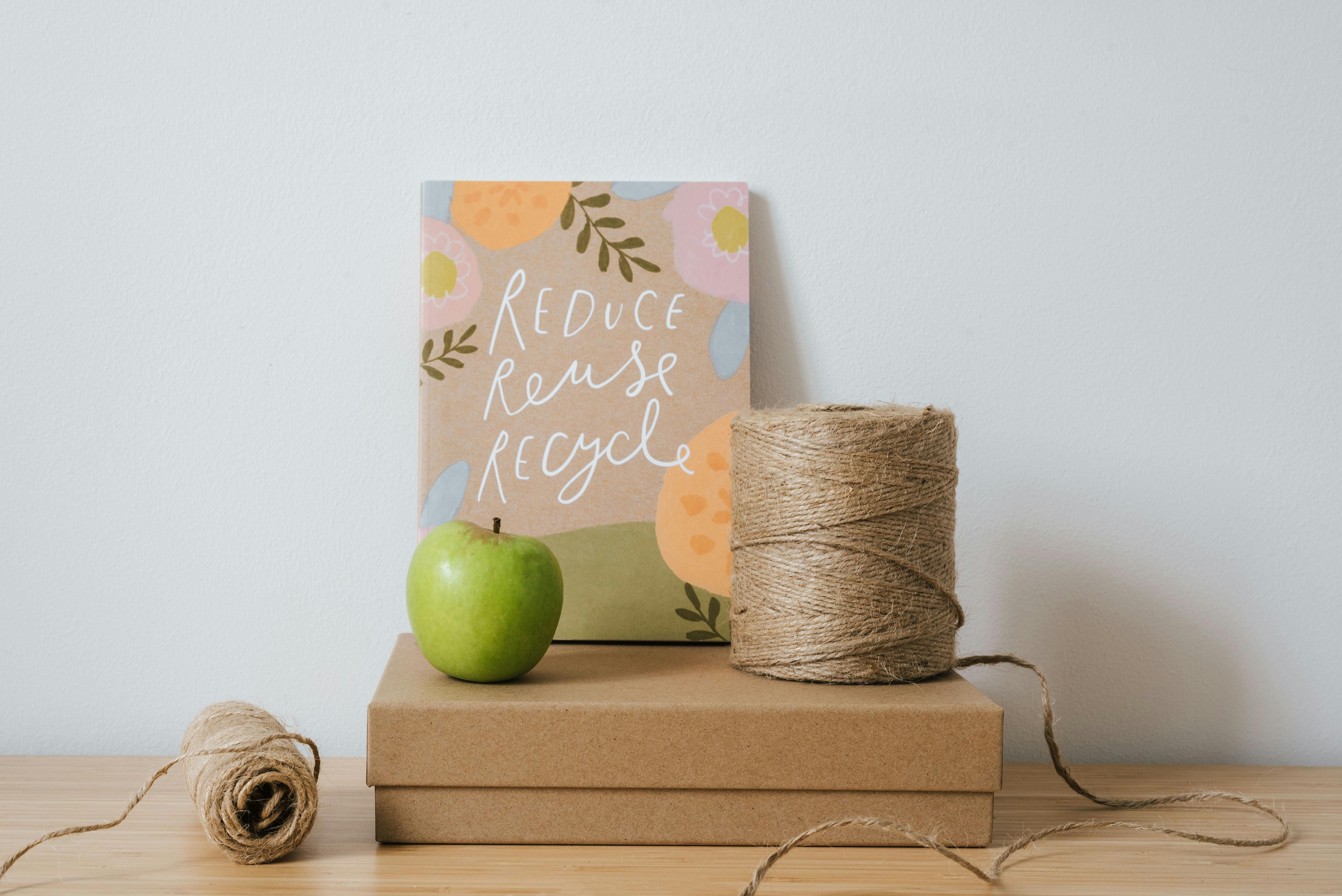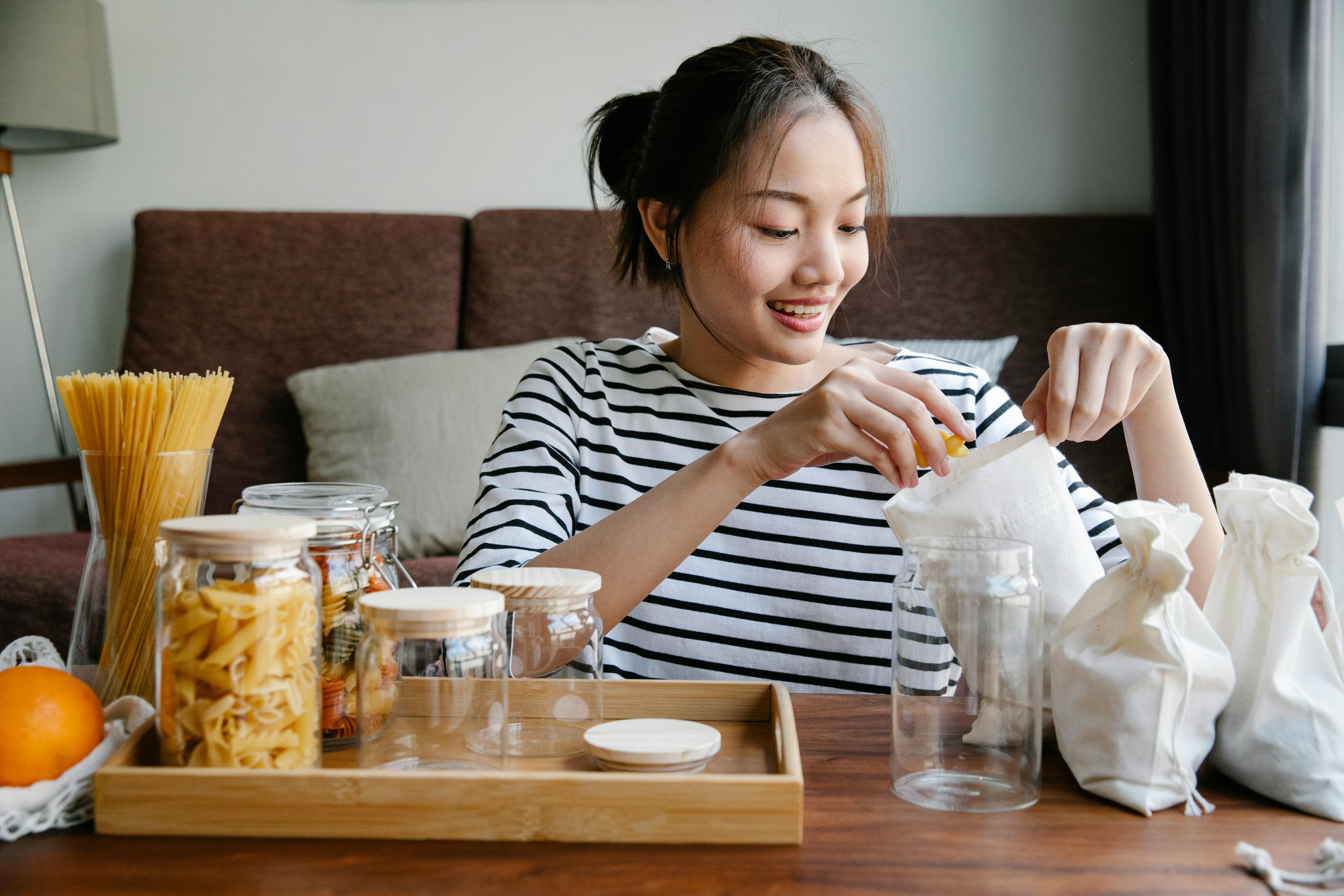Table of Contents
- Introduction to Environmentally Friendly Art Creation
- Importance of Environmentally Friendly Practices in Art Creation
- Guide on Adopting Environmentally Friendly Practices in Art Creation
- The Impact of Environmentally Friendly Art on the Art Market
- Resources for Further Learning about Environmentally Friendly Art Creation
- Conclusion
- FAQ

Introduction to Environmentally Friendly Art Creation
The journey of an artist is often a reflection of the world around them, their inner thoughts, and the materials they use to express their creativity. In recent years, the art community has witnessed a profound shift towards sustainability and eco-consciousness. Environmentally friendly art creation is not just a trend but a necessary evolution, as artists recognize their role in preserving the planet. This movement is all about minimizing the impact on the environment by choosing materials and practices that are less harmful to the earth.
Artists are now looking beyond the canvas, considering the lifecycle of their creations from inception to disposal. This comprehensive approach includes evaluating the sourcing of materials, the processes used in the studio, and even the way art is showcased to the public. Environmentally friendly art creation is redefining the boundaries of artistry, aligning the love for expression with the love for the planet.
The embrace of green art practices is a testament to the adaptability and innovative spirit of artists worldwide. They are not only creating beautiful pieces but also inspiring others to think and act with environmental consciousness. This movement is a catalyst for change, proving that creativity and eco-friendliness can go hand in hand, leading to a more sustainable and responsible art world.
Importance of Environmentally Friendly Practices in Art Creation
The significance of adopting environmentally friendly practices in art creation cannot be overstated. The art industry, like many others, has historically contributed to environmental degradation through the use of toxic materials, wasteful processes, and unsustainable practices. However, the tide is turning as artists and consumers alike become more aware of the ecological footprint left by art.
Implementing green practices in art not only mitigates the negative impact on the environment but also sets a precedent for future generations of artists. It demonstrates a commitment to the well-being of our planet and encourages the art community to consider the long-term consequences of their work. By adopting eco-friendly methods, artists can lead by example, fostering a culture of sustainability within the creative sector.
Moreover, environmentally friendly art creation opens up new avenues for innovation. Artists are pushed to explore alternative materials and techniques, which can lead to unique and groundbreaking art forms. It challenges the norm, spurs ingenuity, and enhances the narrative of art pieces by infusing them with a message of conservation and respect for nature.
Guide on Adopting Environmentally Friendly Practices in Art Creation
Transitioning to environmentally friendly practices in art creation requires a holistic approach, from the selection of materials to the operations within one's studio. It involves making informed decisions at every stage of the creative process to ensure that each action aligns with eco-friendly principles. Let's delve into the various aspects artists should consider to make their practice more sustainable.
Choosing Eco-friendly Art Materials
Selecting eco-friendly art materials is the first step in the journey towards green art creation. Artists should seek out supplies that are non-toxic, biodegradable, or made from renewable resources. This can include natural pigments, recycled paper, or sustainably sourced wood. It's crucial to research and understand the environmental impact of the materials before incorporating them into one's work.
In addition to the raw materials used, the production process of art supplies also matters. Opting for products from companies that prioritize sustainability in their manufacturing can further reduce the ecological footprint. Artists can also consider repurposing found objects or upcycling waste materials to create art, which not only reduces waste but also imbues their creations with deeper meaning and storytelling.
The choice of materials extends beyond the tangible. Digital art creation is another avenue that offers an eco-friendly alternative, eliminating the need for physical materials altogether. With advancements in technology, digital art can be just as expressive and impactful as traditional forms, without the environmental toll.
Greening Your Art Studio Operations
An artist's studio is their sanctuary, but it can also be a hub of energy and resource consumption. Greening studio operations is a multifaceted endeavor that encompasses energy use, waste management, and the overall carbon footprint of the workspace. Artists should consider switching to energy-efficient lighting and equipment, using non-toxic cleaning supplies, and implementing recycling and composting programs.
Water conservation is another critical aspect of eco-friendly studio operations. Practices such as reusing rinse water or installing water-saving devices can significantly reduce water usage. Additionally, artists can explore renewable energy options, such as solar panels, to power their studios, further minimizing their environmental impact.
Creating an environmentally friendly studio also involves adopting a mindset of mindfulness and intentionality. By carefully planning projects and avoiding overconsumption of materials, artists can prevent unnecessary waste. This approach not only benefits the planet but also encourages a more thoughtful and deliberate creative process.
Showcasing Your Green Art with Portfoliobox
Once artists have created their environmentally friendly art, they need a platform to share it with the world. Showcasing work with Portfoliobox allows artists to create stunning online portfolios that reflect their commitment to sustainability. This digital platform offers a sleek and professional way to display art without the need for physical materials or the carbon footprint associated with traditional galleries.
Portfoliobox is user-friendly and customizable, catering to the unique needs and aesthetics of each artist. It supports high-quality images and multimedia content, enabling artists to convey the full breadth of their eco-friendly creations. Additionally, by using an online portfolio, artists can reach a global audience, spreading the message of sustainability far and wide.
An online presence is now essential for artists, and Portfoliobox provides an eco-conscious solution that aligns with green art practices. It's a powerful tool for artists to promote their work, connect with like-minded individuals, and advocate for environmental responsibility through their art.

The Impact of Environmentally Friendly Art on the Art Market
The rise of environmentally friendly art has not gone unnoticed by the art market. Collectors, galleries, and institutions are increasingly recognizing the value and importance of sustainable art practices. This shift is influencing buying habits, with a growing demand for art that is not only aesthetically pleasing but also environmentally conscious.
Artists who adopt green practices are finding that their work resonates with a broader audience, including those who prioritize sustainability in their lifestyles. This trend is opening up new opportunities for artists, allowing them to tap into niche markets and engage with socially responsible consumers. The eco-friendly narrative of their work adds an additional layer of appeal, often resulting in increased interest and higher valuation.
The art market's embrace of environmentally friendly art is also driving innovation in curation and exhibition. Galleries and museums are beginning to showcase eco-art in dedicated exhibitions, highlighting the intersection of art and environmental activism. This exposure not only elevates the artists involved but also educates the public on the importance of sustainability, creating a ripple effect of awareness and action.
Resources for Further Learning about Environmentally Friendly Art Creation
For artists seeking to deepen their understanding of environmentally friendly art creation, a wealth of resources is available. Books, online courses, workshops, and community groups can provide guidance and inspiration for those looking to make their practice more sustainable. Connecting with other eco-conscious artists can also be invaluable, as it allows for the exchange of ideas and experiences.
Organizations dedicated to sustainable art offer a plethora of information, including best practices, case studies, and directories of eco-friendly art materials. These platforms can also provide opportunities for artists to showcase their work and collaborate on environmental art projects.
Continual education and staying informed about the latest developments in sustainable art are crucial for artists who wish to remain at the forefront of this movement. By leveraging these resources, artists can continue to refine their practices, contribute to the global conversation on sustainability, and push the boundaries of what it means to create art responsibly.
Conclusion
Adopting environmentally friendly practices in art creation is a journey that encompasses every aspect of an artist's work, from materials to studio operations. It reflects a growing awareness of the need for sustainability in all areas of life, including the arts. By showcasing their work with Portfoliobox, artists can make a powerful statement about their commitment to the environment while reaching a global audience.
The impact of green art on the art market is undeniable, and the trend towards eco-friendly practices is reshaping the landscape of art creation and consumption. As artists continue to explore and innovate within this space, they contribute to a more sustainable future for all.
The movement towards environmentally friendly art creation is not just about producing art that is less harmful to the planet; it's about sparking a broader cultural shift towards sustainability. It's a testament to the power of art as a force for positive change, inspiring others to consider their own impact on the world and to take action for the betterment of the environment.
FAQ
Q: How can I make my art practice more environmentally friendly?
A: Start by choosing eco-friendly materials, greening your studio operations, and showcasing your work digitally. Educate yourself about sustainable practices and connect with other green artists for ideas and support.
Q: Are eco-friendly art materials more expensive?
A: While some eco-friendly materials may have a higher upfront cost, they often lead to cost savings in the long run through reduced waste and energy consumption. Additionally, the value they add in terms of sustainability can be invaluable.
Q: Can digital art be considered environmentally friendly?
A: Yes, digital art eliminates the need for physical materials and can reduce waste. However, it is important to consider the energy consumption of digital devices and platforms.
Q: Will creating green art limit my creativity?
A: On the contrary, adopting environmentally friendly practices can enhance creativity by encouraging artists to explore alternative materials and techniques. It can lead to innovative and unique art forms.
Q: How can I showcase my environmentally friendly art effectively?
A: Utilize online platforms like Portfoliobox to create a professional digital portfolio. This allows you to reach a wider audience while maintaining an eco-conscious approach.












